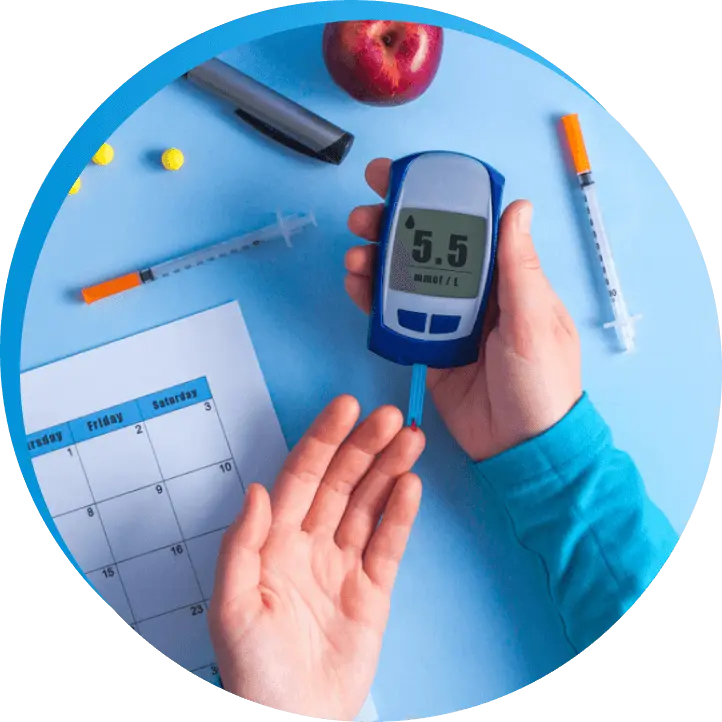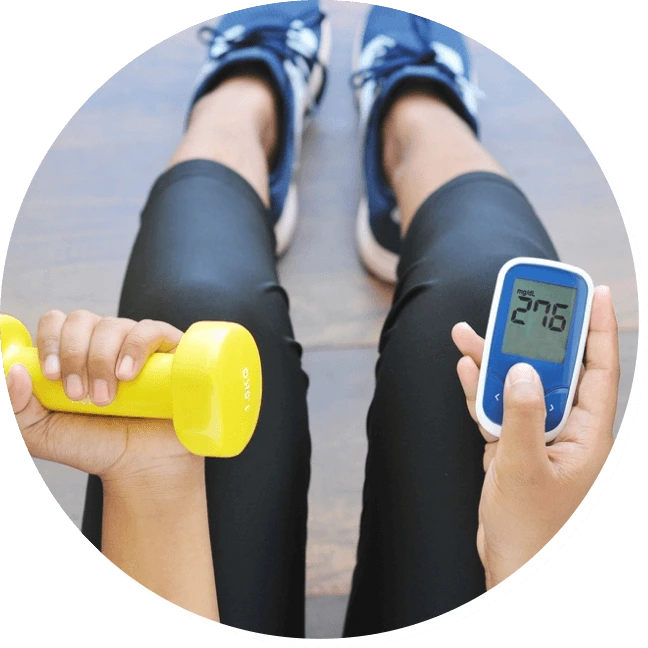
1 in 4 adults in Pakistan are living with diabetes
Pakistan has the highest national diabetes prevalence in the world
More than a quarter (26.9%) of adults living with diabetes in Pakistan are undiagnosed.
33 million adults in the country are affected by the condition. Pakistan now has the third highest number of people living with diabetes in the world, after China (141 million) and India (74 million).


We have been at the forefront of diabetes management in Pakistan and has a rich history of answering the needs effectively of people living with Diabetes.
Diabetes can affect anyone, any time. It is a chronic and complex condition, which requires daily care and management. If left untreated, diabetes can lead to serious complications, affect quality of life and reduce life expectancy.
More
While Type 1 diabetes “usually” develops in children, recent studies confirm that people of all ages can develop Type1 diabetes.
In Type 1 diabetes, the pancreas in the body does not make insulin or makes very little insulin. Insulin helps blood sugar enter the cells in your body for use as energy.
Without insulin, blood sugar can’t get into cells and instead flows in the bloodstream. High blood sugar is damaging to the body and causes many of the symptoms and complications of diabetes.
With the help of daily insulin therapy, everyone can learn to manage Type 1 really well and live long, healthy lives. Work with your doctor to figure out the most effective type and dosage of insulin for you.
Type 2 diabetes is the most common form of diabetes—and it means that your body doesn’t use insulin properly. While some people can control their blood glucose levels with healthy eating and exercise,
others may need medication or insulin to help manage their condition.
Diet and fitness are considered important factors in the management of Type 2 diabetes.

over 536 million adults are estimated to live with diabetes globally and 1.1 million children (under the age of 19) live with type 1 diabetes (t1d)
insulin therapy requires self-monitoring of blood glucose, comprehensive diabetes education, and the support of skilled health professionals
more than 90% of people living with diabetes have type 2 diabetes (t2d)
studies show improvement in blood sugar control in people with diabetes following participation in education programs
Our patient programs address unmet needs around access and education across Pakistan, to support people with diabetes; to improve their management and give them a better quality of life and understanding of their disease.
Our ambition is to enable better diabetes care in Pakistan through access to sustainable and quality solutions, and to improve the quality of life for people living with diabetes. We are committed to play our part in fulfilling this shared responsibility with local health players including public and private partners working towards a stable health system in the country.
1. International Diabetes Federation. IDF Diabetes Atlas Tenth Edition. https://diabetesatlas.org/ Accessed: Sep 2023.
2. IDF Kids. Kids and Diabetes in Schools. https://kids.idf.org/kids-and-diabetes-in-schools/ Accessed: October 2022.
3. Essien O, et al. PLoS ONE 12 (January 2017), e0168835, https://journals.plos.org/plosone/article?id=10.1371/journal.pone.0168835
4. Brady EM, et al. BMJ Open 11 (August 2021), e047425, https://doi.org/10.1136/bmjopen-2020- 047425